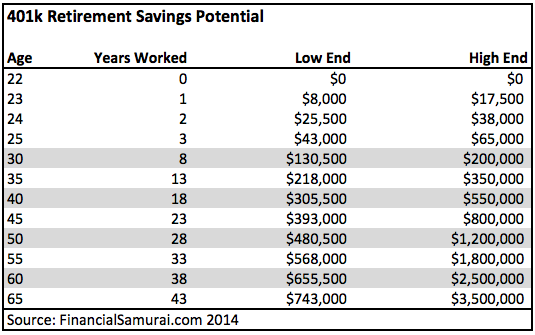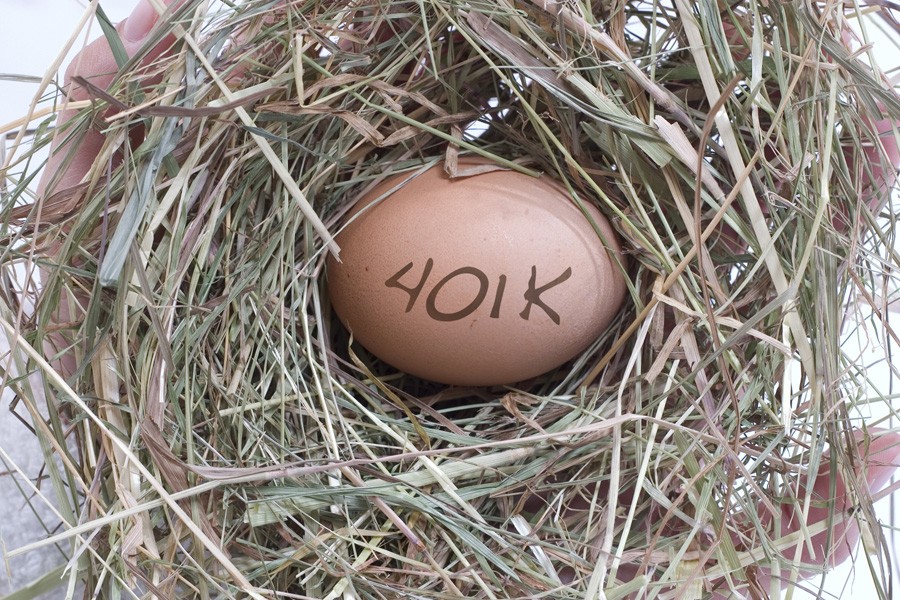Retirement Plans 401k Understanding Your 401(k)
Post on: 16 Март, 2015 No Comment

Most Read
Determine your risk level
Before you invest in anything, you need to decide how risky you want to be with your money. Are you willing to take more risk for a potentially bigger payout or is slow and steady more your speed? Go to Vanguard’s Investor Questionnaire (Personal.Vanguard.com/us/FundsInvQuestionnaire ) or see if the company administering your employer’s 401(k) offers a risk survey, suggests Kobliner. The results will reveal your comfort level with investing in stocks (which are riskier) versus bonds (more conservative). The closer you are to retirement, the more cautious you should be, since you’ll need the money sooner. Risk surveys will take that into account when suggesting the right mix for you, she says.
Consider prepackaged
A lot of 401(k) plans offer something called target date funds. These are a prepackaged mix of investments based on your expected retirement date, designed to automatically adjust investments (and risk) as the years go by. You just give your expected retirement date, and the corresponding fund is chosen. Done!
If you’d rather not use a prepackaged fund, go to Financial Engines (FinancialEngines.com ), which can help you figure out the best investment mix using info you provide (age, expected retirement date, savings rate, etc.). A subscription to the site costs $39.95 for a three-month period, but before you sign up, talk to your employer’s human resources manager, since many employers offer access to Financial Engines for free.
Get your match
If your company offers 401(k) matching, they’re guaranteeing that they’ll give you a certain percentage of your con- tributions, such as 50 for every dollar you invest. That’s free money, Kobliner points out.
(Companies generally match anywhere from 1% to 6% of your salary.) So say your annual salary is $50,000 and you contribute 6% ($3,000) to your 401(k) plan. If your company match is 50%, that means they’ll give you $1,500. Though some companies paused their match a few years ago due to the economic downturn, 74% have since reinstated it, according to a recent study by Towers Watson, a human resources consulting firm.
Up the amount
First things first: Figure out how much you’ll need to retire-basically, what you’ll need to maintain your current standard of living once you stop working. A great place to figure out the number? Moneychimp (MoneyChimp.com/features/401k_calculator.htm ). Once you know the end goal, consider how much you’ll want to increase your contribution amount regularly, says Scott Holsopple, CEO of Smart401K.com. a website dedicated to 401(k) knowledge. Some plans allow you to set up automatic increases based on dates you choose, he says. If that’s not an option in your plan, set up calendar reminders to increase your contributions annually on your anniversary, birthday or when you get a raise.
Be aware of fees
Your 401(k) is not free. The company that runs your 401(k) charges you for the services they provide-usually around 1% to 1.5% of your balance annually, says Holsopple. Certain funds have higher fees, and the more services you use (such as specialty products like target date funds), the more you pay.
Here’s the thing: Up to now, it was hard to know how much was being taken out because the fees were rarely broken down on statements. But thanks to a federal rule, starting later this year, plan providers have to start offering 401(k) savers more detailed information about the fees and expenses associated with their plans, says Kobliner.
Keep fees to a minimum by asking your account manager how much you’re paying for certain funds and whether or not you should switch. Fund fees can range from less than 1% to 2% or higher. A difference of 1% may not sound like a lot, but over the long term it can take a chunk out of your returns.
A Department of Labor analysis found that paying an extra 1% on an investment over a 35-year period could decrease your total balance at retirement age by as much as 28%. In other words, an account that should be worth $50,000 could actually be worth $36,000!

Move the money with you
If you leave your job, you’re technically allowed to leave your 401(k) in the account you’ve been using, as long as you have at least $5,000 in your account. But I recommend rolling your old 401(k) directly into a 401(k) with your new company (if you’re still working) so that you can continue to make contributions and take advantage of the match at your new company, says Kobliner.
Don’t cash out early
Need some cash to pay your mortgage in a tight month, or is your kids’ college tuition coming up? My mantra: Stay away from your 401(k)! says Kobliner. If you withdraw from your 401(k) before age 59-for whatever reason-you’ll likely pay a 10% penalty plus taxes. So that $10,000 withdrawal actually ends up being worth only about $6,000 or $7,000. These days, you can most likely get a bank loan with better terms than that.
CARI WIRA DINEEN is a freelance writer who lives in New Jersey.
When the market drops, don’t panic!
Those who stayed the course and kept their investments constant during the recent economic downturn have seen their 401(k) account balances increase by 50%. Those who freaked out and pulled out of stocks during 2008 and 2009? Their accounts have only bounced back by 25%.
Source: Fidelity Investments














